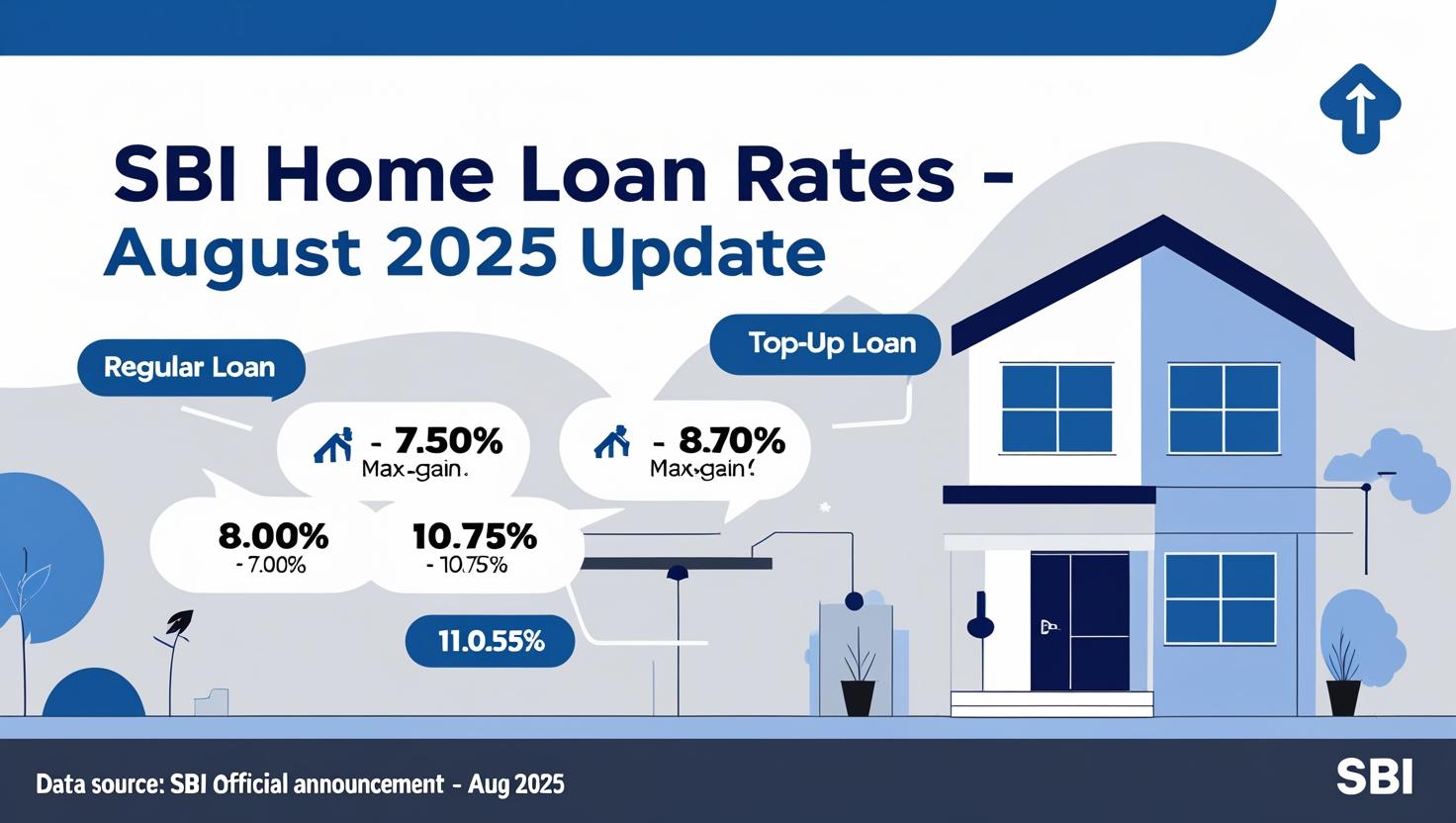In a dramatic geopolitical and economic escalation, U.S. President Donald Trump has imposed a total 50% tariff on Indian goods, sending shockwaves through global markets. This bold move, driven by U.S. concerns over India’s continued purchase of Russian oil, now threatens to derail one of the fastest-growing trade relationships in the world.
Effective from August 27, 2025, the combined tariff load—comprising an earlier 25% reciprocal duty and a fresh 25% surcharge—has rattled Indian exporters and policymakers alike.
🔑 Focus Keywords:
Trump India tariff, India US trade war, Trump Russian oil sanctions, India export news 2025, Trump 50% tariff India, trade war India USA, impact of Trump tariff on Indian economy, Indian textile export to USA, India Russia oil deal, global trade tension
📌 What Triggered the Trump Tariffs on India?
The root of the crisis lies in India’s steadfast continuation of importing crude oil from Russia despite global pressure. Trump, now serving his second term, issued an executive order on August 6, citing national security concerns and accusing India of “fueling Russia’s war machine.”
“The United States cannot support a partner nation that strengthens our adversaries economically,” Trump stated in the order.
Why Russian Oil?
India, with a population of 1.4 billion, defends its imports on the grounds of energy affordability and security, particularly as Russian oil is priced attractively under discounts. However, the Biden-era diplomatic neutrality has shifted under Trump’s more confrontational approach.
📅 Timeline of Events: India–US Trade War 2025
| Date | Event |
| July 30, 2025 | Trump announces 25% “reciprocal tariffs on Indian goods |
| August 1, 2025 | First tariff set implemented |
| August 6, 2025 | Additional 25% tariff declared targeting Russian oil imports |
| August 27, 2025 | Combined 50% tariff takes full effect |
| September 17, 2025 | Exemption window closes for in-transit goods |
📦 What Indian Products Are Affected?
The tariffs broadly apply across all Indian goods not explicitly exempt under existing trade agreements. Most vulnerable sectors include:
- Textiles & Apparel
- Pharmaceuticals
- Jewelry (especially gold & diamond)
- Automobile components
- Marine products
- Chemical exports
🇮🇳 India’s total exports to the U.S. stood at $108 billion in FY24, accounting for 18% of its global export basket.
💥 Impact on Indian Economy
🧮 Economic Fallout
According to economists tracking the trade scenario:
- Indian export growth may shrink by 3–5% over FY25
- Textile and pharma companies could see a margin squeeze of up to 12%
- The net impact on India’s GDP is expected to be –0.2% to –0.3%
📉 Rupee Depreciation Risk
The announcement triggered immediate volatility in currency markets. The INR fell to 84.3 against USD, its lowest in 7 months, due to expected outflows from export-heavy sectors.
🗣️ Government & Industry Reactions
Indian Government’s Stand
In a stern rebuttal, the Indian Ministry of External Affairs termed the move “unilateral and unjustified,” warning it would retaliate under WTO framework if necessary.
“India’s sovereign right to choose its energy partners cannot be dictated,” said Foreign Secretary Vinay Kwatra.
Industry Response
Major exporters and trade associations such as FIEO and AEPC have requested the Centre to announce relief measures, including:
- Subsidies on freight
- Interest rate subvention
- Tax waivers on affected shipments
⚖️ Legal & Diplomatic Crossroads
WTO Route?
India is likely to drag the U.S. to the World Trade Organization, challenging the legitimacy of the tariffs as a violation of the Most Favored Nation clause.
Trade Talks Collapse
Backchannel talks to revive a mini trade deal in July collapsed over disagreements in agriculture and digital data sharing. Sources say both sides were close to agreement before Trump’s latest pivot toward confrontation.
🌍 Global Context: Sanctions, Strategy & Politics
Part of a Larger Tariff Web
India is not alone. Trump has recently:
- Raised tariffs to 40–50% on Brazilian goods
- Slapped 35% duties on Canadian exports
- Imposed 40% transshipment tariffs targeting Southeast Asian goods rerouted from China
Targeting Russian Oil Buyers
Apart from India, Trump is considering 500% penalties on companies or countries violating U.S. “secondary sanctions” linked to Russian energy imports. While no legal steps are taken yet, the messaging is unmistakable.
📊 Stock Market & Sectoral Impact
📉 Nifty Pharma & Textile Under Pressure
Following the tariff news:
- Nifty Pharma fell 1.4%
- Nifty Textiles index declined by 2.1%
- Export-heavy stocks like Arvind, Welspun, and Lupin corrected between 2%–4%
FII Reactions
Foreign Institutional Investors (FIIs) sold equities worth ₹3,842 crore on August 6. Most analysts expect continued selling pressure in August if no resolution emerges.
🔍 Expert Take: Strategic or Self-Destructive?
Trump’s 50% tariff might seem like a power move—but some experts see diminishing returns:
- U.S. companies may bear the brunt, especially those dependent on Indian generics or textile supply chains.
- The cost to American consumers could rise in the form of more expensive apparel and medicines.
- A long-term tariff regime may push India closer to non-U.S. trade partners, including China, UAE, and ASEAN.
“Tariffs are blunt weapons. Strategic partnerships are about nuance,” said Mohan Kumar, India’s former Ambassador to France.
📈 What Lies Ahead?
| Scenario | Likelihood | Outcome |
| Bilateral negotiations resume | Partial rollback of tariffs | |
| India files WTO case | Long legal battle | |
| India imposes retaliatory tariffs | Pressure on U.S. agri exports | |
| Shift to non-dollar energy trade | Possible BRICS currency revival talks |
📣 Summary
The Trump-imposed 50% tariff on Indian goods, especially in response to Russia-related trade, marks a serious turning point in India–US relations. With diplomatic tension rising, exporters hurting, and markets reacting, the situation remains fluid—and potentially volatile.
One thing is certain: 2025 will be a defining year in the India–U.S. trade and geopolitical axis.




